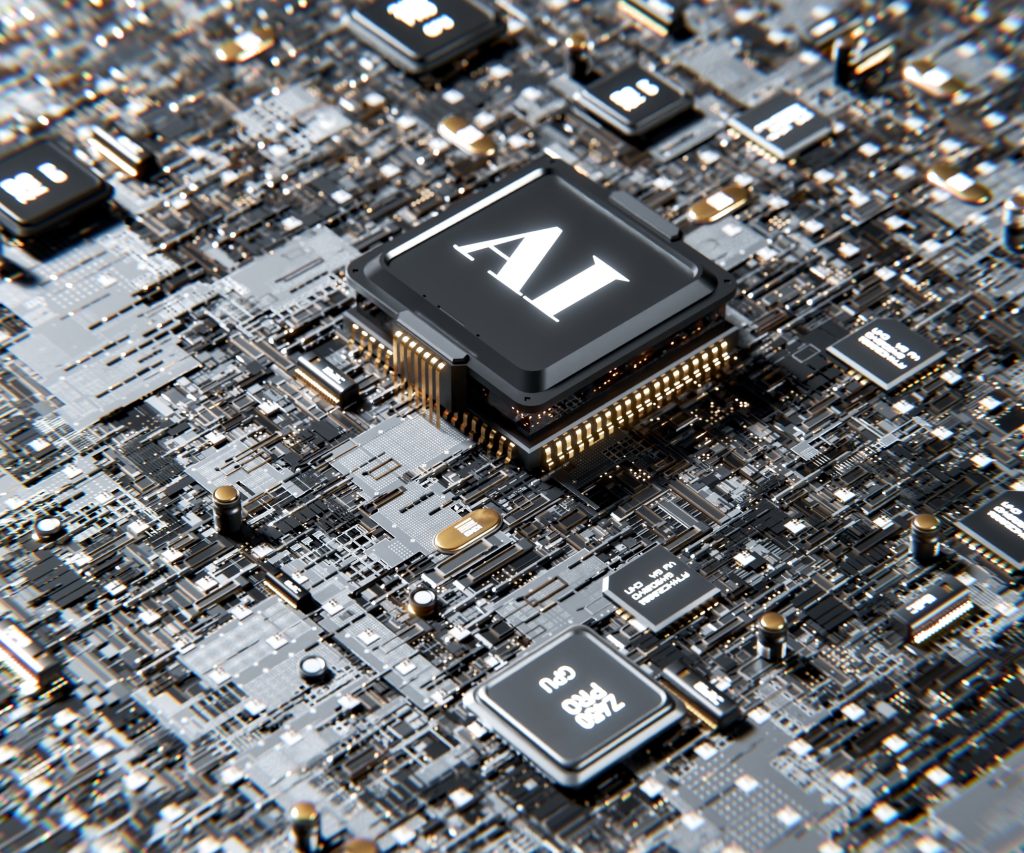Stability AI, a developer at the forefront of generative artificial intelligence, has made a groundbreaking announcement that is set to revolutionize the realm of generative art. With the introduction of Stable Video Diffusion, the company extends the capabilities of generating static images to the dynamic and engaging world of video. This cutting-edge advancement allows users to breathe life into a single static image by generating video content, heralding a new phase in the evolution of generative AI.
The release of Stable Video Diffusion is currently in a “research preview” stage, signaling that it is intended for exploration and experimentation in academic and research settings rather than immediate commercial use. Despite the nascent stage of this technology, the enthusiasm surrounding it is palpable as it offers a glimpse into the vast possibilities for content creation and multimedia applications.
This innovative tool has been launched with two distinct image-to-video models. Each is equipped to produce sequences that are between 14 to 25 frames in length, operating at variable frame rates of 3 to 30 frames per second and achieving a notable resolution of 576 × 1024. What is particularly impressive about this technology is its capacity for multi-view synthesis from a singular frame—a feat achievable through fine-tuning on specialized multi-view datasets.
Stability AI confidently asserts that the Stable Video Diffusion models, in their foundational release, have surpassed competing closed models in user preference studies, although details of these studies were not disclosed. This statement throws down the gauntlet to rival text-to-video platforms such as Runway and Pika Labs, and establishes a new benchmark in generative AI technology.

Access to Stable Video Diffusion, for the time being, is limited to researchers. However, potential users, be they from the advertising, education, or entertainment sectors, can join a waitlist for an “upcoming web experience” which will feature a text-to-video interface, signifying Stability AI’s vision for the future of content generation across various industries.
The samples demonstrated by Stability AI boast comparable quality to leading generative systems on the market. Nonetheless, it is important to note the existing limitations as outlined by the company. Currently, the technology can generate videos with a maximum length of under 4 seconds. Limitations also exist in the lack of perfect photorealism and capabilities such as camera motion—restricted to only slow pans—leaving room for further refinement. Further, Stable Video Diffusion does not offer text control, can’t generate legible text, and may struggle to accurately depict human faces and forms.
The tool’s extensive training on a data set of millions of videos, selectively fine-tuned on a smaller subset, gives an insight into the immense processing and learning undertaken by the AI. While Stability AI has stated the videos used for training were publicly available for research, the provenance of the data has come under scrutiny following a lawsuit by Getty Images alleging improper archival scraping by the company.
The promise of generative AI in video production lies in its capacity to simplify and democratize content creation. Nevertheless, the prospects also raise concerns over potential misuse through deepfakes and copyright infringements—a risk all stakeholders in the industry must remain vigilant against.
Amidst the excitement and concerns, Stability AI’s progress can be contrasted with other AI industry players. For instance, whereas OpenAI has found notable commercial success with ChatGPT, Stability AI has yet to find the same traction for its Stable Diffusion product and, as TechCrunch reports, has been facing financial challenges. This backdrop of financial pressure, combined with ethical concerns, was highlighted by the recent resignation of Ed Newton-Rex, the company’s vice president of audio, over the contentious issue of training generative AI with copyrighted material.
Stable Video Diffusion sets the stage for endless potential in the world of AI-driven video production. As we follow its path from a research-driven preview to wider application, we must foster an environment of innovation tempered with responsibility. The AI landscape continues to evolve rapidly, and with it, our understanding of the balance between technological prowess and ethical practice.



